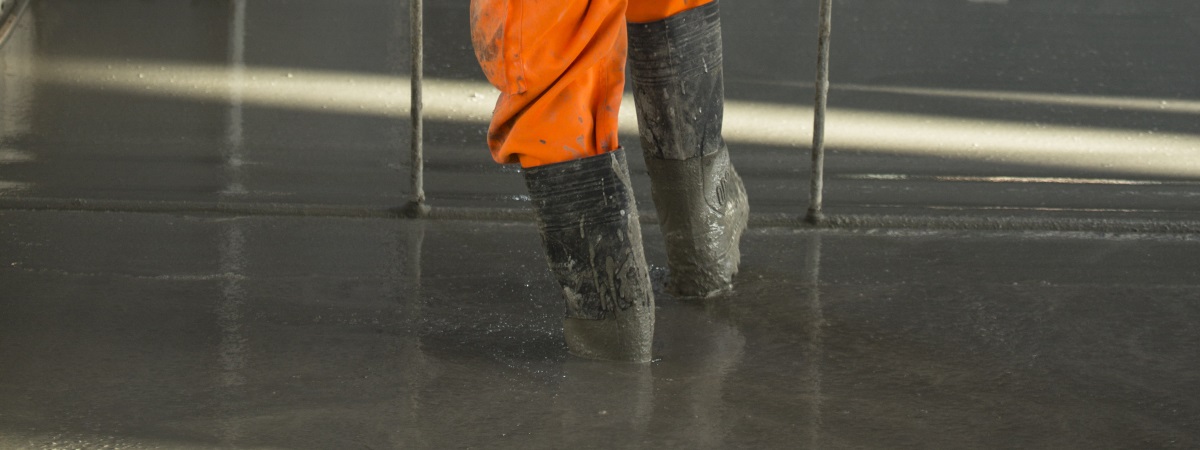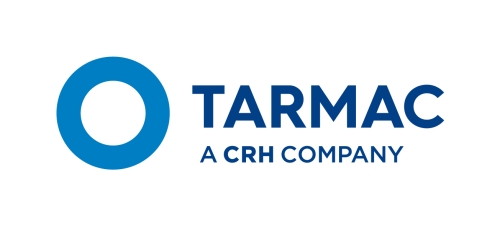
SUSTAINABLE CONSTRUCTION
Topflow at UK’s first wind turbine factory
We’ve been supporting the construction of the UK’s first wind turbine factory – and opening up new opportunities in the process.
The multi-million pound facility, which is being built in East Yorkshire for Siemens, will create up to 1,000 jobs and support production and installation of offshore wind turbines to generate renewable energy.
Engineering and construction company VolkerFitzpatrick is the main contractor for Siemens, but when they found themselves in need of an innovative flooring solution, our teams didn’t hesitate to help.
The challenge was the building’s precast concrete flooring units, which leave gaps between each section. These gaps are typically filled with concrete using shovels, buckets and wheelbarrows before a structural topping is laid on top. Unfortunately this process can be very time-consuming.
VolkerFitpatrick’s initial inquiry to Readymix South Yorkshire & Humberside sector was handled by Technical Sales Representative Paul Steels, who recognised the potential opportunity and put the client in touch with John Buck, Flooring Solutions Contracts Supervisor, and James Donnelly, Engineering Manager.
Working together, John and James successfully introduced a Topflow (self-compacting) material, which serves as a structural topping while simultaneously filling in the gaps between the precast units. This ‘two-in one’ solution was perfect for the client’s needs. In fact, it proved so successful that VolkerFitzpatrick’s original request for 97m3 of concrete eventually grew to 350m3.
Mike Ross, Flooring Solutions Business Manager, said: “The client was delighted with the results. They’re really happy with the way the solution worked for them.
“We’ve recognised from what VolkerFitzpatrick told us that this is a regular part of the construction process, but it can be very time-consuming.
“A key focus for the flooring solutions team is now to identify opportunities for how this new approach could be used in schools, hospitals and commercial offices.”
Whilst satisfying VolkerFitzpatricks original requirement it also offered additional sustainability improvements by increasing onsite safety through the reduction of manual construction activities and exposure to risks such as hand arm vibration and noise. Further to this onsite energy demands are also reduced as the need for plant and equipment such as pokers and powerfloats are no longer required.
